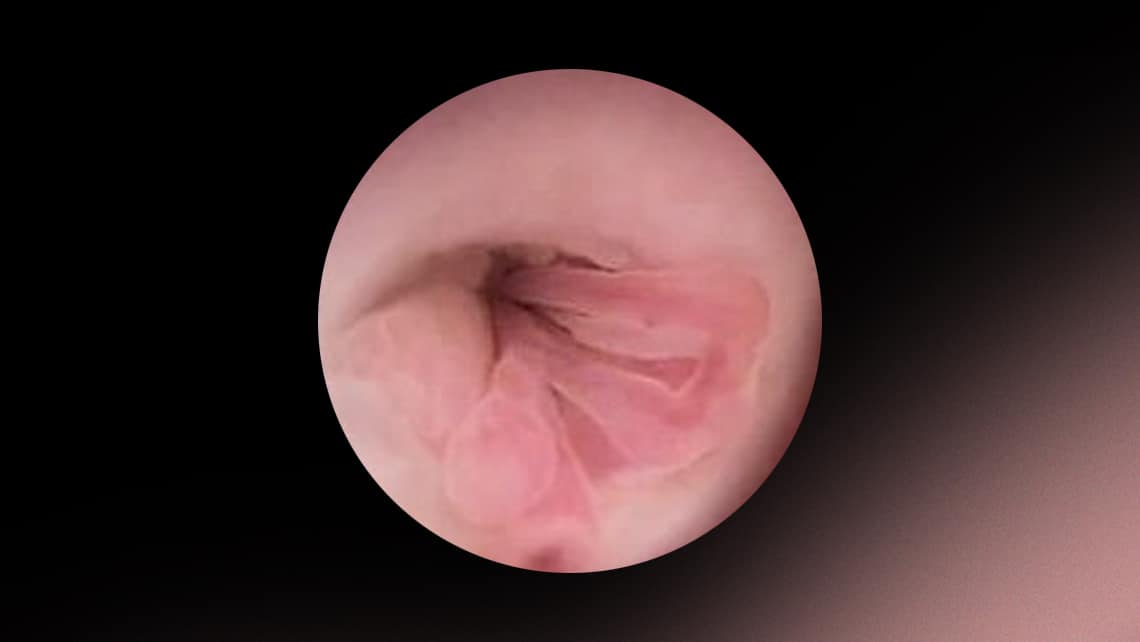
Uterine fibroids: how do they affect fertility and pregnancy?
Embryo nesting in the mother’s uterus can be affected by many factors. Among them, the existence of fibroids.
Fibroids, also known as leiomyomas, are benign tumours of the uterine wall smooth muscle, which can appear during a woman’s reproductive years in 30% of cases. Only 2% to 3% may be the cause of infertility.
Its origin is not perfectly defined, but it is known that genetic, environmental and hormonal factors influence their appearance.
Size and location is highly variable. They are classified into three main groups:
- Subserosal fibroids: Located on the outer wall of the uterus.
- Submucosal fibroids: Invade into the cavity of the uterus.
- Intramural fibroids: They appear in the inner layers of the uterus wall.
There’re different reasons why fibroids can affect fertility.
Due to their mechanical effect, they can deform the cavity where the embryo nests, hinder the entry of sperm through the cervix and even obstruct the fallopian tubes exit. On the other hand, they can release pro-inflammatory substances, increase uterine contractions and compromise vascularisation, making embryo implantation difficult.
Symptoms will depend on their size, location and number. They can vary from being completely asymptomatic to causing abdominal pain, increased menstrual bleeding (hypermenorrhoea), metrorrhagia (abnormal bleeding between periods), increased diameter of the abdomen and even miscarriage.
Fibroids can sometimes grow during pregnancy. Only large fibroids in specific locations have been associated with an increased rate of caesarean section or premature delivery, as they can make it difficult for the baby to pass through the birth canal.
In the vast majority of cases, they do not pose a problem and the attitude is expectant, with annual ultrasound monitoring. Only in some cases is necessary to complement the study with tests such as hysterosonography, hysteroscopy or pelvic MRI.
There are medical treatments that temporarily reduce their size (these are the most commonly used in women who wish to conceive) and surgical treatments (resecting the fibroid or removing the uterus). In women who wish to become pregnant, resection of submucosal fibroids (via hysteroscopy) and intramural fibroids larger than 5cm (abdominal) is recommended.
For all of the above, a detailed assessment of each case by a specialist is essential for correct management and individualised treatment.
DrRuth Romero, a gynaecologist at Instituto Bernabeu
